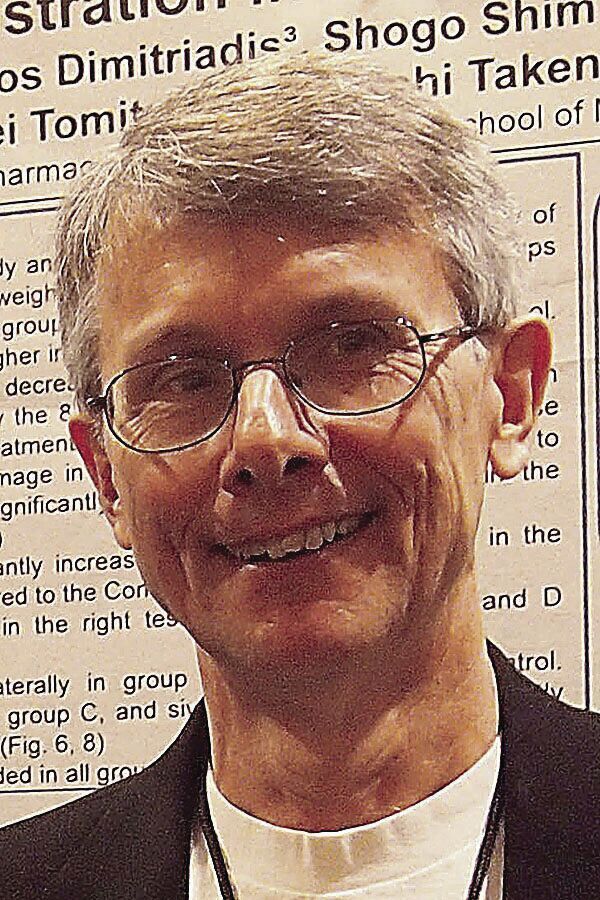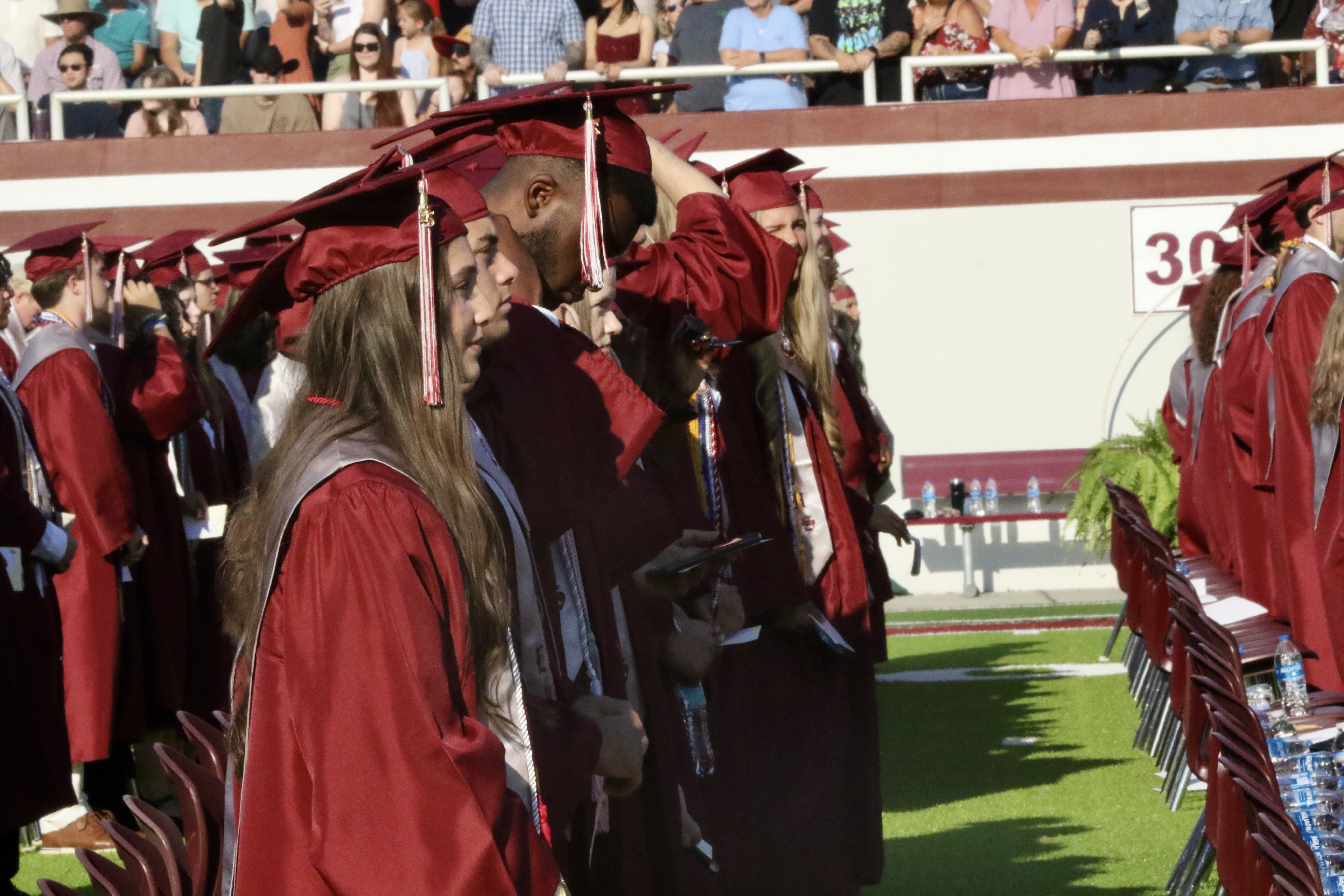TERRY TURNER: An Easter solidarity
Published 11:36 am Friday, March 29, 2024
The sign tacked on the motel’s bulletin board announced an Easter Sunrise Service at an overlook on the rim of Canyon de Chelly. The motel and canyon are on the Navaho reservation in northeastern Arizona where my wife, Susan, and I were passing through on vacation. The sign said the service would be sponsored by the largely Navaho churches of the nearby town, but tourists would be welcome.
Susan and I had already seen the advertised overlook. The view there was spectacular, the canyon’s craggy wall rising a thousand feet above the canyon floor where a winding stream nourished trees and green grasses near its banks. Far across the deep canyon space an opposing wall rose in its beige and reddish-brown layers to be topped by the scrub brush and sand of the Arizona desert. It was a striking landscape and a unique opportunity, so Susan and I decided to attend the advertised service. It would begin at 7:00 A. M., the sunrise to occur at 7:30.
Easter morning we arose in the dark, dressed, and threw on our light jackets. It was cold outside, but pressing on we drove to the overlook where large boulders separated the parking lot from the observation area on the canyon’s rim. Walking toward the place indicated I rounded a large boulder and almost bumped into a tall Navaho man looking out across the vast canyon. His black hair was in braids and from neck to knee he was wrapped in a colorful Navaho blanket. The scene, an American Indian wrapped in a native blanket and standing among the rocks of a western canyon fitted the tropes of all the western movies of my youth. Only the brevity of my flash reaction stopped me from expecting tomahawks and arrows; but that, of course, was all wrong. The man saw Susan and me, smiled, and gestured us toward the gathering of the Navaho participants, many wrapped in their colorful blankets, who had been joined by a few definitely non-Navaho tourists.
It was clear that we visitors had come unprepared for the cold, so a number of the gracious Navaho offered their blankets to keep the visitors from shivering. As the ceremony began, orange and gold rays from the still-hidden sun had begun lighting the eastern sky. Explaining that the ceremony would be true to European and Navaho traditions, the minister began by lifting a small pot emitting a thin column of smoke. He held the pot in one hand and used an eagle feather in the other to waft the smoke in each of the four directions, paying respect to God in a manner known to Navaho tradition. Prayers were said, a song was sung, and an Easter homily told. “Christ is risen,” proclaimed the minister as we looked east across the great, shadowy canyon to see the now-rising sun, its rays turning the reddish-brown canyon walls redder still. Below, the valley’s night was slowly turning to day.
At the minister’s prompt, an old Navaho man began a Navaho song-chant of words I did not know but understood to be traditional for Easter. The incorporation of Navaho traditions in the service, the bulletin-board invitation to outsiders, and the graciousness of the Navaho toward their guests showed me the solidarity of everyone there, Navaho and Not, in an Easter ritual accessible to all.
That sunrise service on a canyon rim reminded me that solidarity is something we can all experience at Easter; solidarity with each other, with God, and even with nature as it once again erupts into Spring. In truth, we are one; it may not be the prime lesson of Easter, but it’s one worth remembering.
Terry Turner, a resident of Colquitt County, is professor emeritus of urology at the University of Virginia as well as author of books based on his experiences as an infantry officer in Vietnam.






